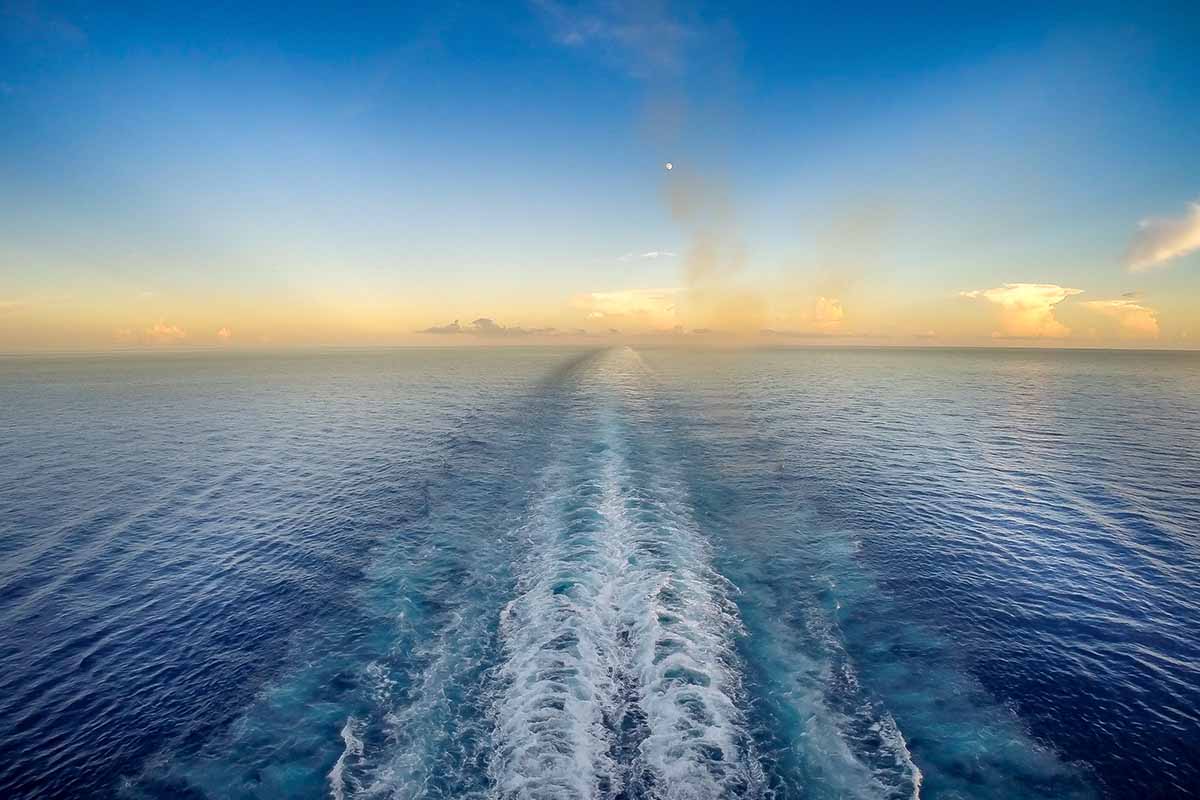Itinerary

Day 1 : Vancouver
In Vancouver, you're never out of sight of towering peaks--or of the sea. It is a prosperous city adorned with flowers lining the streets and lush greenery like Stanley Park. Museums offer fine collections of the dramatic Northwest native arts. Vancouver's Chinatown is the second-largest in the world. The waterfront Gastown district recalls the city's colorful past as a premier Pacific port since the days of the Clipper ships.

Day 2 : At Sea

Day 3 : Ketchikan
Ketchikan is the salmon capital of the world. The canneries are busy, and the stream below Creek Street's rustic boardwalk bustles with life. Visit the ancient grove of Totem Bight, the largest collection of authentic totem poles anywhere. Make a flight to nearby Misty Fjords--a breathtaking vista of Alaska's unspoiled wilderness and America's newest national monument, or, try a little salmon fishing.

Day 4 : Juneau
Alaska's capital can't be reached by road. You fly or sail here to enjoy its greeting of dockside flags and flowers. It is surprisingly urban and cultured for being so remote. Visit the museum for insights into Inuit culture and crafts. Drive up to Mendenhall, the only glacier inside city limits! Or get an aerial view from a helicopter. Fish for silver salmon, or just enjoy some off the grill--then kick back at the Red Dog Saloon.

Day 5 : Skagway
Skagway was born during the great Alaska gold rush. Those were the days when Skagway had 80 saloons and was known as "the roughest town on earth." The city's rip-roaring past will come alive when you walk down Broadway, a main street so authentic it is part of the Klondike Gold Rush National Historical Park! Special shore excursions explore Skagway's fascinating history. Take a train up to White Pass and follow the old path to gold and glory in the Yukon, or take a scenic flight to view the amazing wonders of Glacier Bay National Park.

Day 6 : Glacier Bay
Preserved as a National Monument, Glacier Bay is an extraordinary collection of glaciers in a contained region. Only two ships per day are permitted to enter the bay during the summer months, when whales come here to feed. The ice in Glacier Bay fell as snow, hundreds of years ago, on the icefields in the mountains above. Compressed by its own tremendous weight, it slowly flows through valleys to the sea, where in some cases, it breaks off in great chunks called calves, to float free as icebergs and "bergy bits."

Day 7 : College Fjord
A short distance from Columbia Glacier is spectacular College Fjord with its breathtaking alpine setting. Here you'll encounter many glaciers, each one named for an Ivy League college supporting the 1899 Harriman expedition.

Day 8 : Whittier (anchorage)
The town of Whittier is located in the middle of southern Alaska at the top of Passage Canal. The town of Whittier is well known for being ice free year round, marine activities, and port for South-central Alaska. The town is located on a fan-shaped delta that is surrounded by Whittier Creek and a mountain ridge on the eastside. Its shape was derived by the Learnard Glacier, Shakespeare Glacier, and creeks traveling from Portage Pass.


